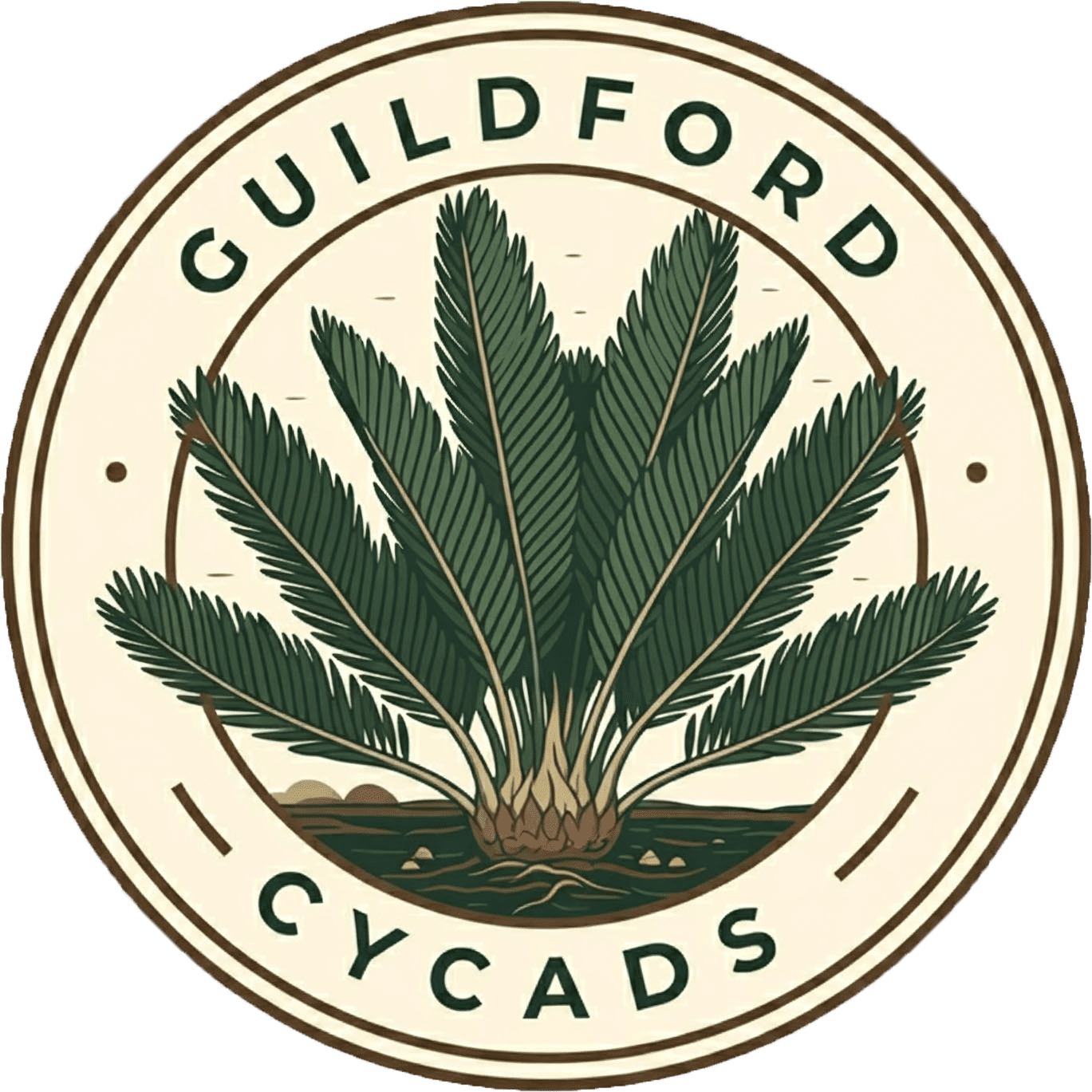Summary
Plant-parasitic nematodes like root-knot nematodes (RKN; Meloidogyne spp.) cause great losses in agriculture by inducing root swellings, named galls, in host roots disturbing plant growth and development. Previous two-dimensional studies using different microscopy techniques revealed the presence of numerous nuclear clusters in nematode-induced giant cells within galls.
Here, we show in three dimensions (3D) that nuclear clustering occurring in giant cells is revealed to be much more complex, illustrating subclusters built of multiple nuclear lobes. These nuclear subclusters are unveiled to be interconnected and likely communicate via nucleotubes, highlighting the potential relevance of this nuclear transfer for disease. In addition, microtubules and microtubule organizing centers are profusely present between the densely packed nuclear lobes, suggesting that the cytoskeleton might be involved in anchoring nuclear clusters in giant cells.
This study illustrates that it is possible to apply volume electron microscopy (EM) approaches such as array tomography (AT) to roots infected by nematodes using basic equipment found in most EM facilities. The application of AT was valuable to observe the cellular ultrastructure in 3D, revealing the remarkable nuclear architecture of giant cells in the model host Arabidopsis thaliana.
The discovery of nucleotubes, as a unique component of nuclear clusters present in giant cells, can be potentially exploited as a novel strategy to develop alternative approaches for RKN control in crop species.
